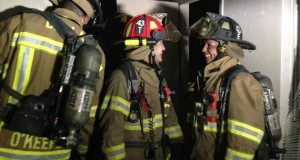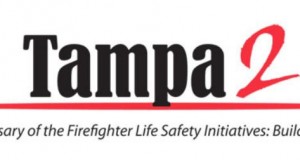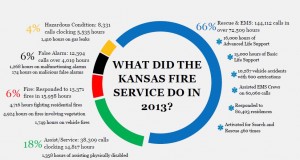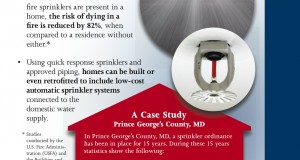I find it truly sad and disappointing that in 2014 we still have politicians making such outrageously poor management decisions for their Seattle FD BCcommunity’s Fire and EMS protection. I look at this individual’s investment in herself and in her department, as well as her department’s investment in her, and I’m left shaking my head in dismay.
Read More »Management Sciences
Being a Firefighter Shouldn’t Mean Getting Raped
The military services of the United States are not the only organizations that are plagued by sexual harassment and sexual assaults that include rape toward their female members. We have a similar problem in the fire service in the United States as well.
Read More »Fire and Injury Prevention for the Communities We Serve: A New Way
We’ve not had a significant impact on preventable fires with our current methodologies. To paraphrase a popular management mantra for change these days, “What got you here, won’t get you there.”
Read More »NFIRS Data: Using Thought Leadership Media
Robert - this article is right on track. I've personally been involved in using NFIRS data to justify the need for new Stations, Rigs and Personnel. It was response time analysis that allowed us to show areas of the city where we were falling short. That data helped convince the politicians and taxpayers, both.
Read More »NFIRS: It’s not a Data “Black Hole”
NFIRS “goes” by many names. Some call it by a state program name, e.g., The [Enter a state name] Fire Incident Reporting System; others call it by the software program a department purchased, e.g., Firehouse™ Incident Reporting; and some simply call it “run reports.” It’s all the same thing, no matter what you call it. And it’s highly useful.
Read More »We Don’t Need Sensitivity Training…We Need More Leadership Training
Gender violence issues. Did you know that researchers have found that when a large percentage of both men and women hear those three words, what they really “hear” is “woman’s issues.”
Read More »Tampa II: Food-for-Thought 4 “Get Away Day”
I'm confident that the issue of fire prevention has been discussed at length as it should be: if no fire occurs or it's extinguished by an installed fire sprinkler no firefighter need be injured or killed in the line-of-duty. So here's my blog repost for your and those folks at Tampa 2 on "get away day", Children Don’t Cause Fires, Adults Do
Read More »Reader Comments: Children Don’t Cause Fires, Adults Do
We focus on the young likely because its easy. But, what we Fire Prevention Demoprovide in education is often lost in an overriding effort to entertain them. Further, without reinforcement of the fire safe/prevention message in their home environment, any value is soon lost to the parent's daily example/attitudes towards fire safety.
Read More »Fire Prevention Isn’t Just for Everyone Else
Fire department leaders owe it to their members and their communities to OLYMPUS DIGITAL CAMERAensure that the department’s physical facilities have the appropriate installed fire protection, e.g., fire sprinkler systems, undergo the same inspections for potential fire hazards that they expect from the public they serve.
Read More »Children Don’t Cause Fires, Adults Do
The behaviors of adults in the USA account for 78 percent of the preventable residential fires. So why do the vast majority of fire prevention educations that Fire and EMS departments deliver each year target children? If we’re looking to significantly reduce the following types of fires, why don’t our programs focus on adult behaviors?
Read More » Fire & EMS Leader Pro The job of old firefighters is to teach young firefighters how to become old firefighters!
Fire & EMS Leader Pro The job of old firefighters is to teach young firefighters how to become old firefighters!






